Blog
Jewellok is a professional pressure regulator and valve manufacturer and supplier.
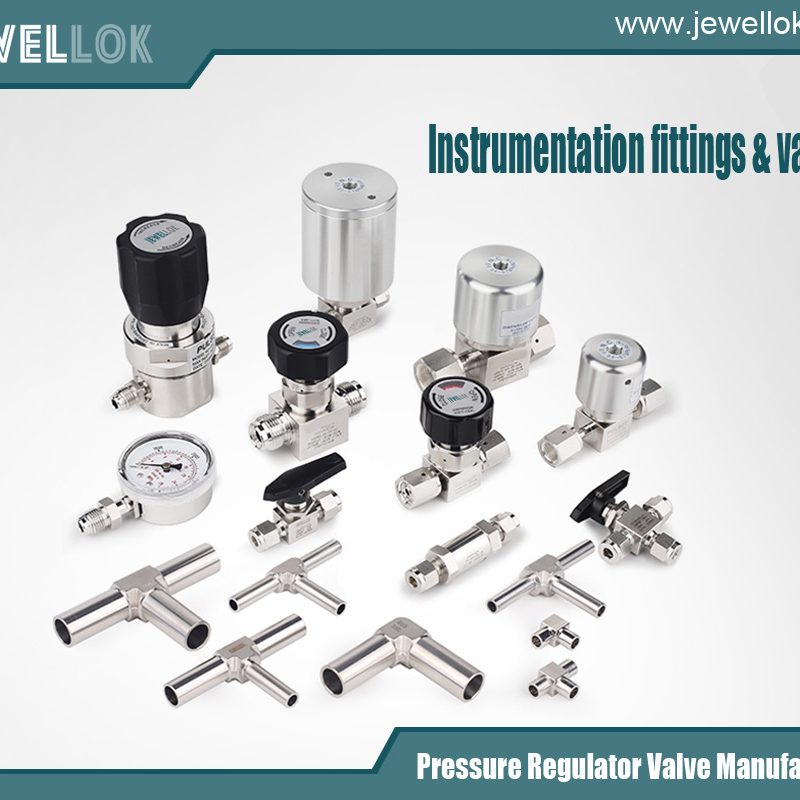
High Pressure Ball Valve Manufacturer
- Pressure Regulator Valve Manufacturer
- 12v electric valve, 2 electric valve, 316 SS ball valves manufacturer, 316l stainless steel ball valve manufacturer, 316l stainless steel diaphragm valve, adjustable hydraulic flow control valve, adjustable hydraulic pressure relief valve, adjustable low pressure propane regulator, adjustable propane pressure regulator, adjusting propane regulator, air compressor non return valve, argon gas pressure regulator, Ball Valve Manufacturer, bcf connector, Best High-Pressure Ball Valve Manufacturer, block & bleed valve, diaphram valve, double block and bleed valve, double block bleed valve, excess flow valve, high pressure ball valve manufacturer, High-Pressure Ball Valve, High-Pressure Valve Manufacturer, hydraulic regulator, Needle Valve Manufacturer, pressure relief valve vs safety relief valve, quick connect valve, safety or relief valves, safety valve vs relief valve
- No Comments
High Pressure Ball Valve Manufacturer
High-pressure ball valves are critical components in industries such as oil and gas, chemical processing, power generation, and water treatment. These valves are engineered to control the flow of fluids or gases under extreme pressure conditions, ensuring safety, reliability, and efficiency in demanding applications. The role of a high-pressure ball valve manufacturer is pivotal, as they design, produce, and deliver these specialized components to meet stringent industry standards. This article explores the intricacies of high-pressure ball valve manufacturing, including design principles, production processes, material selection, quality assurance, and the evolving market landscape.

Understanding High-Pressure Ball Valves
A ball valve is a type of quarter-turn valve that uses a spherical ball with a bore to regulate flow. When the valve is open, the bore aligns with the pipeline, allowing fluid or gas to pass through; when closed, the bore is perpendicular, stopping the flow. High-pressure ball valves are specifically designed to withstand pressures exceeding 3,000 psi (pounds per square inch) and, in some cases, up to 20,000 psi or more, depending on the application.
High-pressure ball valves are distinguished by their robust construction, precision engineering, and ability to maintain a tight seal under extreme conditions. They are used in critical applications such as offshore oil platforms, hydraulic systems, and high-pressure gas distribution networks. The manufacturing of these valves requires advanced technology, skilled craftsmanship, and adherence to international standards such as API (American Petroleum Institute), ASME (American Society of Mechanical Engineers), and ISO (International Organization for Standardization).
The Role of a High-Pressure Ball Valve Manufacturer
A high-pressure ball valve manufacturer is responsible for designing, producing, testing, and supplying valves that meet the specific needs of their clients. These manufacturers cater to industries where safety and performance are non-negotiable, requiring a deep understanding of fluid dynamics, material science, and engineering principles. Their responsibilities include:
- Design and Engineering: Creating valve designs that meet client specifications and comply with industry standards.
- Material Selection: Choosing materials that can withstand high pressures, corrosive environments, and extreme temperatures.
- Manufacturing: Employing advanced machining, assembly, and finishing techniques to produce high-quality valves.
- Quality Assurance: Conducting rigorous testing to ensure valves perform reliably under specified conditions.
- Customization: Offering tailored solutions for unique applications, such as subsea or cryogenic environments.
- After-Sales Support: Providing maintenance, repair, and replacement services to ensure long-term performance.
Design Considerations for High-Pressure Ball Valves
Designing a high-pressure ball valve is a complex process that requires balancing performance, durability, and cost. Manufacturers must consider several factors to ensure the valve meets the demands of its intended application:
- Pressure and Temperature Ratings
High-pressure ball valves must be designed to handle specific pressure ranges, often exceeding 3,000 psi. The valve’s pressure rating is determined by its material strength, wall thickness, and sealing mechanism. Additionally, the valve must withstand temperature variations, from cryogenic conditions (below -150°C) to high-temperature applications (above 400°C).
- Material Selection
Material choice is critical for high-pressure ball valves. Common materials include:
- Stainless Steel: Offers corrosion resistance and durability for general-purpose applications.
- Carbon Steel: Used for high-strength applications in non-corrosive environments.
- Alloy Steels: Such as Inconel or Hastelloy, used for extreme conditions like high-pressure gas or corrosive chemicals.
- Polymers and Elastomers: Used for seals and seats, with materials like PTFE (Teflon) or PEEK chosen for their chemical resistance and low friction.
- Valve Configuration
High-pressure ball valves come in various configurations, including:
- Floating Ball Valves: The ball is held in place by the compression of the seats, suitable for moderate pressures.
- Trunnion-Mounted Ball Valves: The ball is anchored by trunnions, ideal for high-pressure applications due to reduced torque requirements.
- Full-Port vs. Reduced-Port: Full-port valves allow unrestricted flow, while reduced-port valves are more compact but restrict flow slightly.
- Sealing Mechanism
The sealing mechanism is critical to prevent leaks under high pressure. Manufacturers use advanced sealing technologies, such as metal-to-metal seals or soft seals with reinforced materials, to ensure a tight shutoff. The choice of sealing material depends on the fluid, pressure, and temperature.
- Actuation
High-pressure ball valves can be manually operated or actuated using pneumatic, hydraulic, or electric actuators. Manufacturers must design valves compatible with the chosen actuation method, ensuring smooth operation and precise control.
- Compliance with Standards
High-pressure ball valves must comply with industry standards such as API 6D, ASME B16.34, and ISO 17292. These standards specify requirements for design, materials, testing, and performance, ensuring the valve’s reliability and safety.
The Manufacturing Process
The production of high-pressure ball valves involves several stages, each requiring precision and expertise. A typical manufacturing process includes:
- Raw Material Procurement
Manufacturers source high-quality raw materials from certified suppliers. Materials are tested for chemical composition, mechanical properties, and defects to ensure they meet specifications.
- Forging or Casting
The valve body and components are typically forged or cast. Forging produces stronger, denser components, while casting is used for complex shapes. High-pressure valves often use forged materials to ensure structural integrity.
- Precision Machining
Computer Numerical Control (CNC) machines are used to shape the valve body, ball, stem, and other components with high precision. Tolerances are tightly controlled to ensure a perfect fit and smooth operation.
- Surface Treatment
Components undergo surface treatments such as polishing, coating, or plating to enhance corrosion resistance and durability. For example, hard coatings like chromium or tungsten carbide may be applied to the ball and seats to reduce wear.
- Assembly
The valve components are assembled in a cleanroom environment to prevent contamination. The ball, seats, stem, and seals are carefully aligned to ensure proper operation. Actuation systems, if required, are integrated at this stage.
- Testing and Quality Control
Every high-pressure ball valve undergoes rigorous testing to verify its performance. Common tests include:
- Hydrostatic Testing: The valve is subjected to high-pressure water to check for leaks.
- Pneumatic Testing: Air or gas is used to test the valve under pressure.
- Cycle Testing: The valve is opened and closed repeatedly to assess durability.
- Fire-Safe Testing: Ensures the valve can withstand high temperatures without failing.
- Non-Destructive Testing (NDT): Techniques like ultrasonic or radiographic testing detect internal defects.
- Finishing and Packaging
Once tested, the valve is cleaned, painted, or coated as needed. It is then packaged with protective materials to prevent damage during transportation.
Quality Assurance and Certifications
Quality assurance is a cornerstone of high-pressure ball valve manufacturing. Manufacturers implement strict quality control systems to ensure every valve meets customer expectations and industry standards. Key certifications include:
- ISO 9001: Ensures a quality management system is in place.
- API 6D: Specifies requirements for pipeline valves.
- ASME B16.34: Covers valve design and performance.
- CE Marking: Indicates compliance with European safety standards.
Manufacturers also conduct traceability programs, documenting the origin and testing history of each valve to ensure accountability.
Market Trends and Innovations
The high-pressure ball valve market is evolving rapidly, driven by technological advancements and industry demands. Key trends include:
- Automation and Smart Valves
The integration of sensors and IoT (Internet of Things) technology allows for real-time monitoring of valve performance. Smart valves can detect leaks, pressure changes, or wear, improving maintenance efficiency and reducing downtime.
- Eco-Friendly Materials
Manufacturers are exploring sustainable materials and coatings to reduce environmental impact. For example, lead-free alloys and recyclable polymers are gaining popularity in water treatment applications.
- Compact and Lightweight Designs
Industries such as aerospace and offshore drilling demand compact, lightweight valves without compromising performance. Manufacturers are using advanced materials and optimized designs to meet these needs.
- Subsea and Cryogenic Applications
The growth of deep-sea oil exploration and LNG (liquefied natural gas) industries has increased demand for valves that operate in extreme conditions. Manufacturers are developing specialized valves for subsea and cryogenic environments.
- Global Supply Chain Optimization
Manufacturers are streamlining supply chains to reduce costs and lead times. This includes adopting lean manufacturing principles and investing in regional production facilities to serve global markets.
Challenges in High-Pressure Ball Valve Manufacturing
Despite advancements, manufacturers face several challenges:
- Cost Pressures: Balancing quality and cost is difficult, especially for custom orders.
- Regulatory Compliance: Meeting diverse international standards requires significant investment.
- Material Costs: Fluctuations in raw material prices can impact profitability.
- Competition: The market is highly competitive, with manufacturers in Asia, Europe, and North America vying for market share.
Choosing a High-Pressure Ball Valve Manufacturer
When selecting a manufacturer, buyers should consider:
- Experience and Expertise: Look for manufacturers with a proven track record in high-pressure applications.
- Customization Capabilities: Ensure the manufacturer can tailor solutions to specific needs.
- Certifications: Verify compliance with relevant industry standards.
- After-Sales Support: Choose a manufacturer that offers maintenance and technical support.
- Global Reach: For international projects, select a manufacturer with a robust supply chain and local support.

Conclusion
High-pressure ball valve manufacturers play a vital role in enabling safe and efficient operations across industries. By combining advanced engineering, precision manufacturing, and rigorous quality control, these manufacturers deliver products that meet the demands of high-pressure environments. As technology advances and industries evolve, manufacturers must innovate to address new challenges and opportunities. Whether it’s developing smart valves, sustainable materials, or solutions for extreme conditions, the future of high-pressure ball valve manufacturing is bright, driven by a commitment to quality, safety, and performance.
For more about high pressure ball valve manufacturer, you can pay a visit to Jewellok at https://www.jewellok.com/ for more info.
Recent Posts
How Does An Acetylene Gas Changeover Manifold Work?
How Does A Carbon Dioxide Gas Pressure Regulator Work?
How Does A Oxygen Gas Pressure Regulator Work?
How Does A Helium Gas Pressure Regulator Work?
How Does A Nitrogen Gas Pressure Regulator Work?
How Does An Argon Gas Pressure Regulator Work?
How Does A Propane Gas Pressure Regulator Work?
How Does A Acetylene Gas Pressure Regulator Work?
How Does the High Pressure Back Pressure Regulator Work?
The Complete Guide to Camco 59013 Single Stage Propane Regulator
Tags
Recommended Products
-
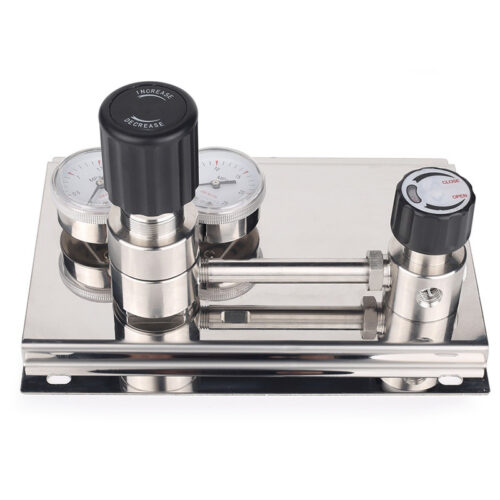
Stainless Steel Fully Automatic Gas Switchover Manifold System Automatic Gas Cylinder Switchover Co2 Cylinder Auto Changeover Controller
-
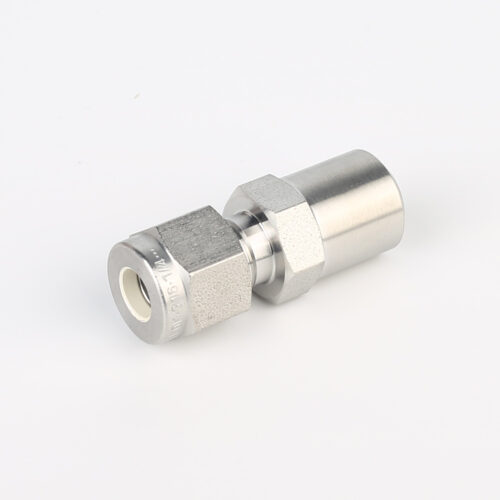
768LN Stainless Steel Male Pipe Tube Butt Weld Connector And Tube Fittings Supplier
-
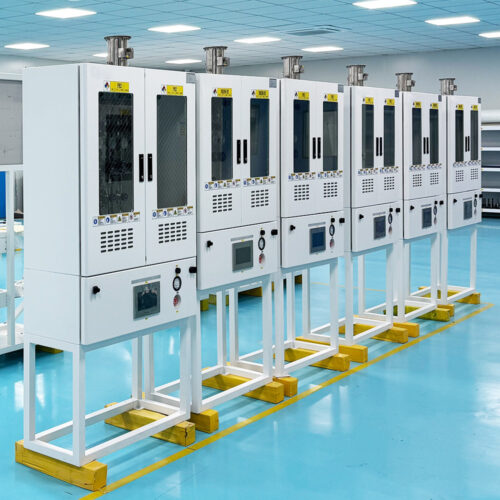
VMB Valve Manifold Box And Panel Gas Cabinet, BSGS Gas Cabinets, TMA Gas Cabinets, Scrubber Tail Gas Treatment Cabinets
-
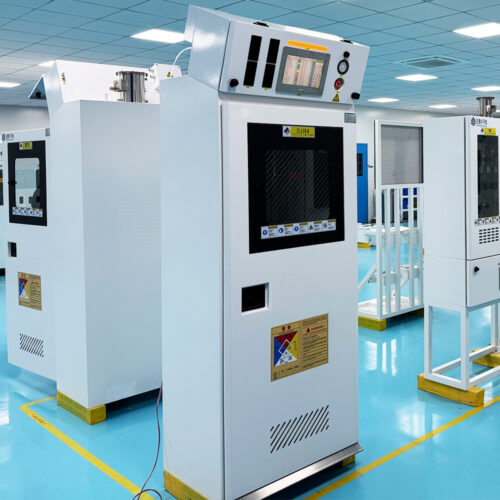
Bulk Specialty Gas Systems (BSGS) Gas Cabinets And Scrubber Tail Gas Treatment Cabinets For High Purity Bulk Specialty Gas Delivery
-
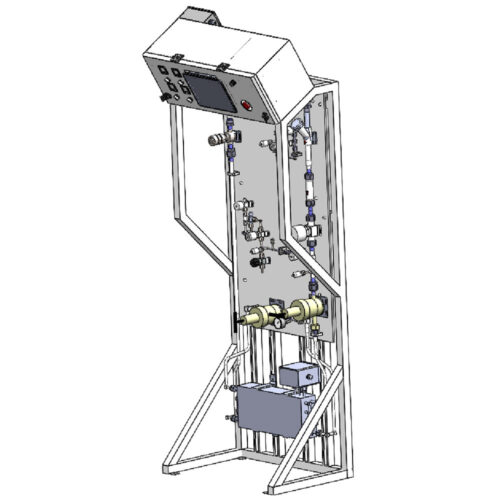
Semiconductor High Purity High Pressure Specialty Gas Bottle Gas Cylinder Storage Cabinet And Gas Pressure Regulating Cabinet
-
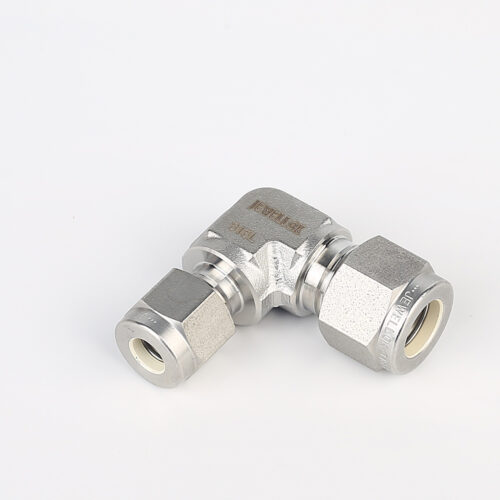
765LR Reducing Tee | Stainless Steel 316 High Purity Butt Weld Fittings Metal Face Seal For Welding Pipe Fitting Reducing Tee
-
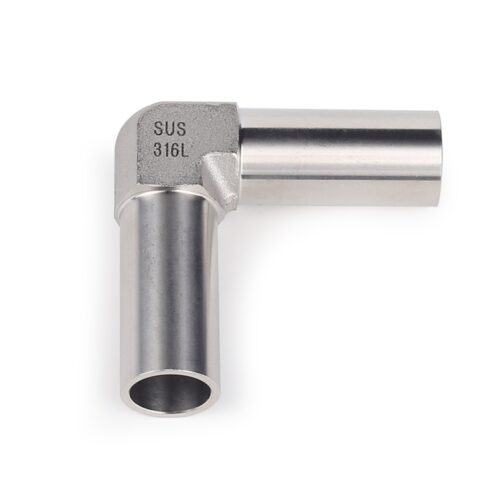
High Purity Stainless Steel Mini Tube Butt Weld Fittings For Semiconductor
-
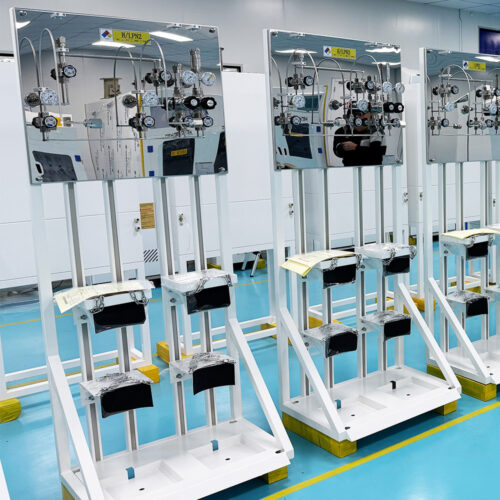
Semi-Automatic VMB Gas Cabinet With Semiconductor Valve Manifold Box Diaphragm Valves And Gas Pressure Regulators